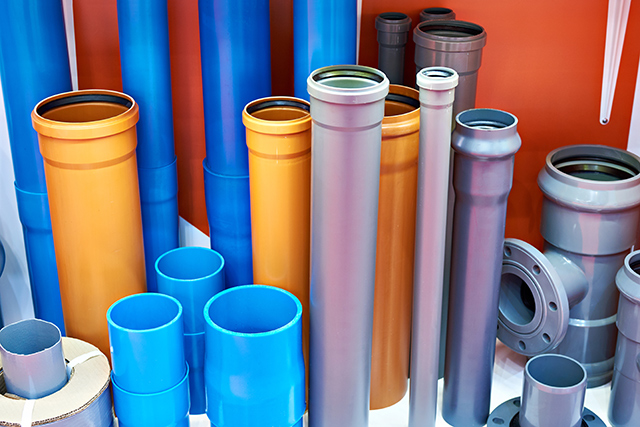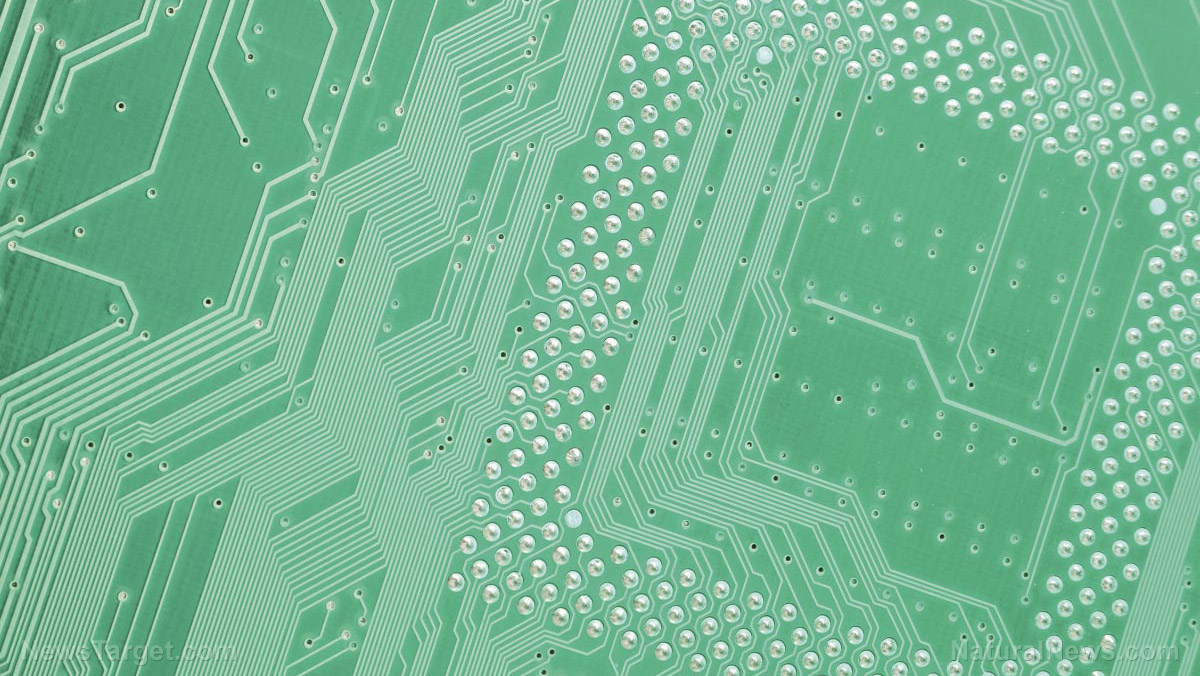
Laser-cooling antimatter slows its motion
Antimatter is the mirror version of "ordinary" matter, or any material that is made up of a proton, electron and neutron. In other words, antiparticles are identical to ordinary particles except for their reverse physical properties – where an electron has a negative charge, its antimatter counterpart, the positron, has a positive charge. Similarly, a proton has a positive charge while an antiproton has a negative charge. Antimatter has been proven to exist but is extremely difficult to study because it disintegrates when it comes into contact with ordinary matter. It also moves at breakneck speeds, so while scientists are now able to produce and trap antimatter, making precise observations of this mysterious material remains a big challenge. Scientists at CERN, which operates the world's largest particle physics laboratory, recently managed to slow antiprotons from near the speed of light to more manageable speeds. This allowed physicists to create antiatoms and perform a few tests, such as studying the properties of antihydrogen, which is the simplest atom made of pure antimatter. But for scientists to conduct more complex and more accurate measurements, they would have to slow antimatter even more. To that end, ALPHA researchers laser-cooled antimatter since laser cooling slows the motion of particles. First, the team accelerated ordinary particles to near the speed of light and smashed them together to create antiparticles. They then slowed these antiparticles using extremely strong magnetic and electric fields. This allowed the researchers to confine clouds of positrons and antiprotons inside a magnetic field until these antiparticles combined to form antihydrogen. The researchers then developed a laser made up of photons (light particles) to cool antihydrogen. The laser was tuned to the right wavelength so that any antiatoms that were moving toward the laser would slow down bit by bit. "It's kind of like we're shooting a tiny ball at the atom, and the ball is very small, so the slowing down in this collision is very small, but we do it many times and then eventually the big atom will be slowed down," explained Makoto Fujiwara, one of the study researchers who works as a scientist at TRI-University Meson Facility, Canada's national particle accelerator facility. Laser-cooling the antihydrogen atoms slowed them by more than a factor of 10. When the researchers measured the cooled antiatoms' energy transitions (the movement of electrons to different energy levels), their measurements were three times more accurate than those of uncooled antiatoms.Why cooled antimatter is important
Cooled antimatter can enable scientists to perform more precise measurements and uncover any subtle differences between antimatter and ordinary matter. Those differences can provide insights into the biggest unanswered questions in physics, such as why antimatter is so scarce even if particles and antiparticles were likely created in equal amounts when the universe formed. Laser-cooling can also open up new and more complex experiments on antimatter. For example, researchers can drop an antimatter cloud across a certain distance to test if antimatter interacts with gravity in the same way as ordinary matter. Scientists can also beam a ray of light on this cloud to compare antimatter's energy levels to those of its regular counterpart with unprecedented precision. (Related: The truth about antimatter: Experiment confirms it is BOTH a particle and a wave.) "This is really an exciting milestone for us, but what's even more exciting is the things that this allows us to do in the future – the new kinds of measurements and experiments that were unthinkable before with antimatter," Fujiwara shared. The researchers reported their findings in a paper published March 31 in the journal Nature. Visit Science.news to learn more about amazing studies about antimatter and other mysterious properties of the cosmos. Sources include: LiveScience.com ScienceAlert.com NewScientist.com Home.CERNMore than three-quarters of covid deaths in Vermont are among the “fully vaccinated”
By Ethan Huff // Share
Bioactive compounds in pomegranate peel can protect against bacterial infection, says study
By Ralph Flores // Share
Researchers examine the potential of photocatalysts to split water
By Ralph Flores // Share
DOCUMENTS: People vaccinated with Pfizer’s covid vax are 300% more likely to get COVID-19
By Arsenio Toledo // Share
New study on 41,000 people reveals that taking vaccines INCREASES a person’s risk of hospitalization
By Lance D Johnson // Share
EPA plans to regulate phthalates over worker and environmental health risks
By lauraharris // Share
TikTok parent ByteDance goes all in with $14B Nvidia chip SPLURGE
By kevinhughes // Share
The Sacred Root: The untold power of iboga to heal trauma and addiction
By kevinhughes // Share











